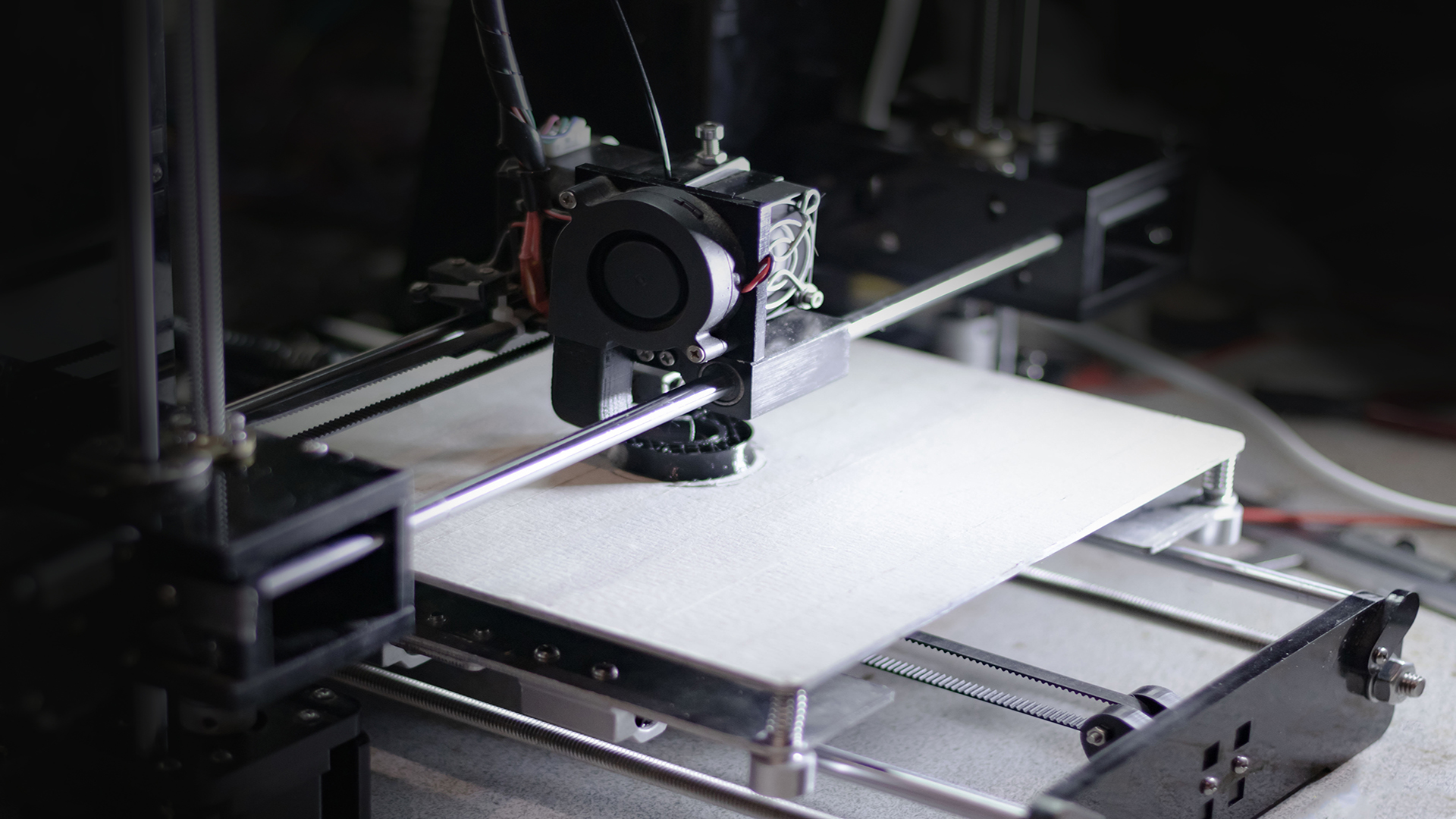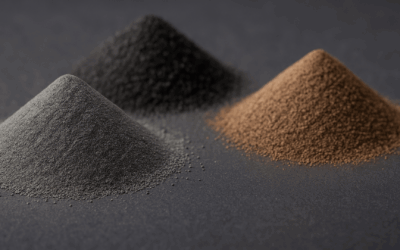Where Can the Convergence of Material Science & Machine Learning Take the Future of Additive Manufacturing?
The future of additive manufacturing is looking bright, thanks in part to the convergence of material science and machine learning. By combining these two powerful technologies, manufacturers will be able to customize laser scanning of parts that allows 3D printers to spot and fix 3D printing defects as they happen. This will help to improve the quality and consistency of 3D printed parts, ensuring that your business can rely on this technology for production needs.
In this article, we’ll discuss how material science and machine learning are converging in fascinating ways to help manufacturers improve the quality of their additive manufacturing processes. We’ll also explore some of the potential applications of this technology, including its ability to create customized parts with unique properties.
So, if you’re interested in learning more about the future of additive manufacturing, read on!
Challenges and Opportunities
3D printing technology has been around since the 1980s, but its application has becoming increasingly more prevalent in the manufacturing industry as the technology continues to mature and materials improve.
Additive manufacturing offers significant advantages over traditional manufacturing processes. Perhaps the most important is that it allows for much greater flexibility in design; complicated shapes and structures which would be difficult or impossible to create using other methods can be easily produced using additive manufacturing.
It also opens up the possibility of mass customization, where products can be tailor-made to individual specifications with little or no increase in cost. And because there is no need for specialized tooling—as all that is required is a digital file containing the design of the desired object—additive manufacturing can be extremely quick and easy to set up.
One drawback is the way in which objects are built up layer by layer. Often, there can be issues with structural integrity, particularly with larger objects. This is where machine learning comes in!
How can machine learning improve additive manufacturing?
Machine learning is a type of artificial intelligence that provides computers with the ability to learn without being explicitly programmed. This technology can be used to improve additive manufacturing in a number of ways.
For example, it can be used to automatically generate new designs for objects that need to be manufactured using 3D printing, or to optimize existing designs to make them more suitable for additive manufacturing.
Additionally, machine learning can be used to create models of how an object will behave when manufactured use 3D printing, which can help identify any potential issues before the manufacturing process begins.
One of the more common problems with additive manufacturing is defects and variability between parts as layers of material are placed on the print bed.
Automation Alley COO Pavan Muzumdar heads up Automation Alley’s Project DIAMOnD initiative, which is creating a distributed network of 3D printers across Michigan. He says that solving issues related to quality control within additive manufacturing will help to further accelerate the use of the technology.
“Quality control is part of a portfolio of changes, improvements, and innovations that 3D printing needs to experience. When you look at traditional process-based manufacturing, repeatability and consistency is held at a very, very high value. We’ve said time and again, 3D printing is a software play. So, anything we can do to make software-driven manufacturing attain that same level of consistency—and especially in a distributed environment—is going to make 3D printing that much more relevant, that much more prevalent, and that much more scalable,” Muzumdar said.
Machine learning can be used to help identify potential areas of defects and suggest process changes to avoid them. Additionally, machine learning can be used to automatically adjust the printing process in real-time to compensate for any variability between parts.
In addition to improved quality, the convergence of material sciences and machine learning also has environmental implications. If you can prevent defects, you prevent waste and unnecessary use of resources. And, as we’ve seen with the convergence of artificial intelligence and design for additive manufacturing ushering in generative design, applying machine learning to material sciences for 3D printing is sure to unlock opportunities for new career paths.
“Whatever discipline you’re in, it’s about overlaying on top of it these advanced technologies that can help you uncover new applications. Completely different worlds open up when you do that,” Muzumdar said.
Real-world applications
The combination of machine learning and additive manufacturing isn’t a theoretical future state. It’s something that’s being used in the present day to push the boundaries of what can be created with 3D printing.
The University of Southern California has already developed a machine learning algorithm called PrintFixer that can automatically fix errors in STL files, which are the standard file type used for additive manufacturing.
This is a significant development, as it means that machine learning can be used to automatically fix errors in designs before they’re even printed, increasing print accuracy between 50 to 90%.
U.S. company Printsyst has developed an machine learning-powered print perfecter that can automatically fix errors and improve the quality of prints by up to 30%.
The company is aiming its product at the aerospace industry, where accuracy is critical and remaking parts can be extremely costly.
Finally, MIT startup Inkbit has developed an machine learning-powered printer that can print multiple colors and materials with high accuracy.
“The company was born out of the idea of endowing a 3D printer with eyes and brains,” said Inkbit co-founder and CEO Davide Marini, Ph.D. The system uses computer vision to track the position of the print head and automatically adjust printing parameters on the fly.
The result is a printer that can produce parts with greater accuracy than existing machines.
These are just a few examples of how machine learning is changing the world of printing. As machine learning technology continues to evolve, we can expect even more amazing advances in this field.
Automation Alley is a World Economic Forum Advanced Manufacturing Hub (AMHUB) for North America and a nonprofit Industry 4.0 knowledge center with a global outlook and a regional focus. We facilitate public-private partnerships by connecting industry, education and government to fuel Michigan's economy.




